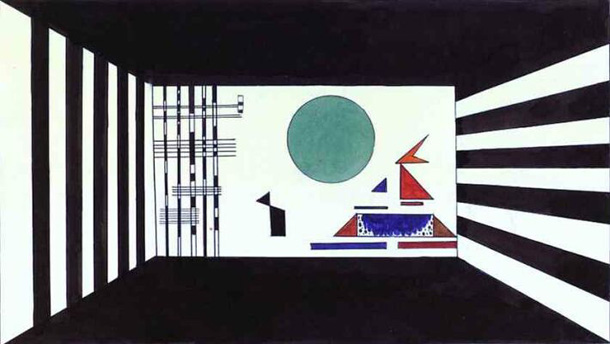A preternaturally talented, precocious child, barely out of toddlerhood, in powdered wig and knee-breeches, capering around the great houses of 18th century Europe between virtuoso performances on the harpsichord. A young boy who can play any piece anyone puts in front of him, and compose symphonies extemporaneously with ease…. Few scenes better capture the mythos of the child prodigy than those reported from the childhood of Wolfgang Amadeus Mozart.
If Milos Forman’s Amadeus is any reliable guide to his character, if not his history, Mozart may never have lost his boyish charm and exuberance, but his musical ability seemed to mature exponentially as he composed hundreds of sonatas, quartets, concertos, and operas, ending with the Requiem, an astonishing piece of work by any measure, despite remaining unfinished in the year of his death, 1791, at the age of 35.
While those feverish scenes of Requiem’s composition in Forman’s film may be tenuously attached to the truth, the stories of Mozart the preschool and boyhood genius are well attested. Not only did he play with unbelievable skill for “emperors and empresses in the courts of Europe,” but “by the time he was six he had composed dozens of remarkable pieces for the keyboard as well as for other instruments,” notes Willard Palmer in an introduction to Mozart’s most popular works. “His first efforts at composition began when he was only four years old.”
He composed several short pieces the following year, and you can hear them all performed above. At the Morgan Library’s site you can also see a scanned manuscript image of four of those compositions, written in Mozart’s father’s hand. Leopold Mozart—the driving stage-parental force, as we know, behind Wolfgang’s childhood career as a touring marvel—notated these first attempts, crediting them to “Wolfgangerl,” in what is known as the Nannerl Notebook, from the nickname of Mozart’s older sister, Maria Anna.
Leopold, Kapellmeister of the Salzburg court orchestra, recognized not only Wolfgang’s musical talents, but also those of Nannerl, and he devoted his time to overseeing both his children’s training. For sadly obvious reasons, the elder Mozart did not continue to perform, and the notebook named for her does not contain any of her compositions, only Leopold’s exercises for the children and her brother’s first original work. In addition to Mozart’s earliest pieces, it may also contain music composed by him at 7 or 8 years old—more extensive works that might, says Mozarteum researcher Ulrich Leisinger, bridge the short, simple first pieces and his first major compositions.
Nonetheless, we have dozens of Mozart’s compositions throughout his childhood and teenage years. Several of those earlier pieces come from the so-called London Notebook, a sketchbook kept during Mozart’s time in England between 1764–65. Here, writes Elena Abend, we find him “extending his musical themes compared to his earlier compositions.” And yet the music “almost always has a playfulness about it.” It’s a quality that never left Mozart’s work, excluding the awesome Requiem, of course, but then this final masterwork was completed by other composers, none of them with Mozart’s lightness of spirit, which we can trace all the way back to that first piece, “a courtly little composition.” Writes Abend, “gracefulness is essential in performing the piece.”
Related Content:
Read an 18th-Century Eyewitness Account of 8‑Year-Old Mozart’s Extraordinary Musical Skills
Newly Discovered Piece by Mozart Performed on His Own Fortepiano
Hear All of Mozart in a Free 127-Hour Playlist
Josh Jones is a writer and musician based in Durham, NC. Follow him at @jdmagness





